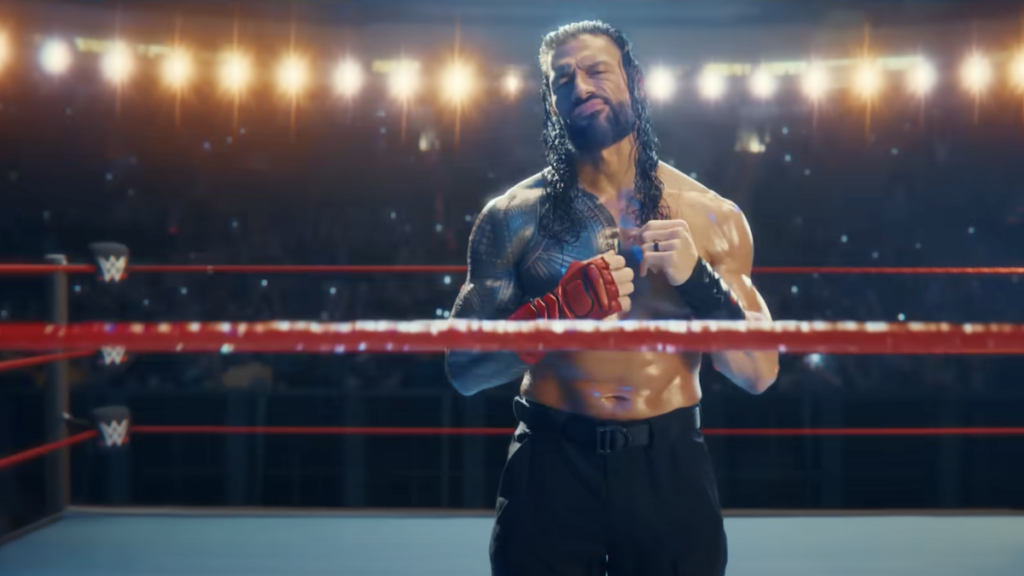WWE’s growing collaboration with content creators shows its adaptability in the digital era, leveraging influencers to help expand its reach, diversify its audience, and deepen fan engagement. They started with radio personalities like Peter Rosenberg and Sam Roberts to social media influencers such as @itswheezyblonde and @musclemanmalcolm, WWE has embraced a grassroots, savvy approach. By inviting creators to media junkets and events, WWE created a more authentic coverage and amplified its social media presence. The success of WrestleMania 38, which outperformed Super Bowl LVI in key metrics like impressions (2.2 billion vs. 1.8 billion), video views (1.1 billion vs. 618 million), watch time (13.1 million hours vs. 3.56 million), and engagements (87 million vs. 78 million), showcases the impact of this strategy. Content creators bring relatable voices, expanded reach, and cross-platform promotion, helping WWE attract new audiences and set a benchmark for sports entertainment marketing in the digital era.
WWE Network Charges Into The Streaming World
After successfully dividing up rights among broadcast television, cable, and its crown jewel events for PPV, WWE became the first major sports entertainment company to start its own streaming service in 2014. The WWE Network ventured into streaming just before many of the larger media conglomerates launched their direct-to-consumer platforms, some of which still are around today, while others crashed and burned.
WWE’s direct-to-consumer product allowed the company to collect valuable fan data more easily, enabling them to better understand their audience and tailor content to their preferences. In 2014, digital data collection was not as pervasive as it is today, making WWE’s initiative particularly forward-thinking. This early adoption of data-driven insights gave WWE a significant advantage in engaging with its fanbase, refining its offerings, and staying ahead of consumer trends. It also laid the foundation for leveraging analytics to inform marketing strategies, programming decisions, and overall business growth.
As more players entered the streaming business, the company later shifted by folding their content offering into NBC’s streamer Peacock beginning in 2021 as part of a billion-dollar licensing deal. Though Peacock has struggled to gain market share in a crowded streaming environment, the deal in theory broadened audience access to WWE by making it a category on a more populous steaming platform and was a forerunner to the RAW on Netflix agreement.
From pioneering pay-per-view with WrestleMania 1 to creating the WWE Network long before streaming became mainstream, WWE has been one of the few companies to be ahead of the entertainment curve. By engaging Netflix’s vast audience, WWE is poised to redefine how live sports and entertainment content are consumed on streaming platforms.


